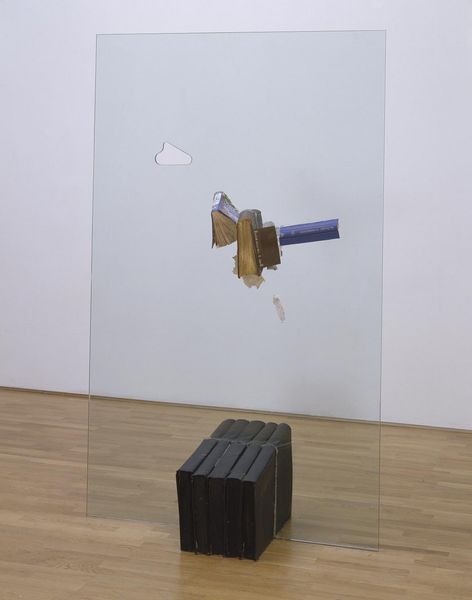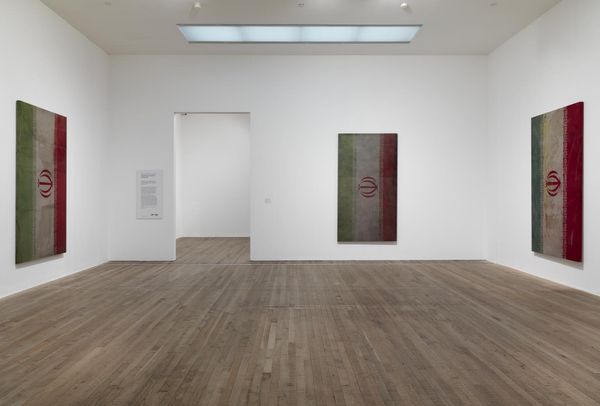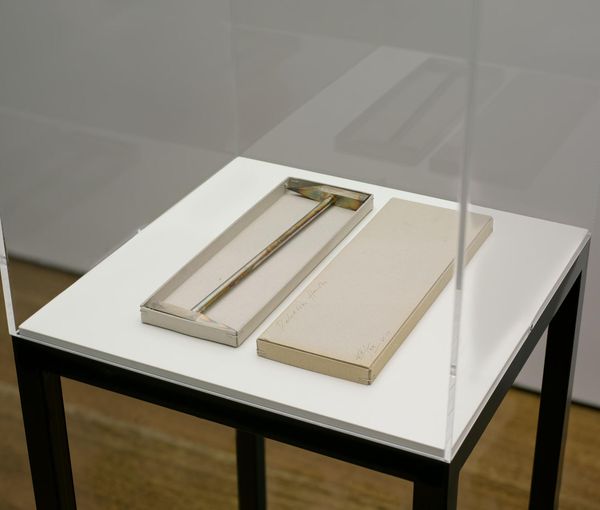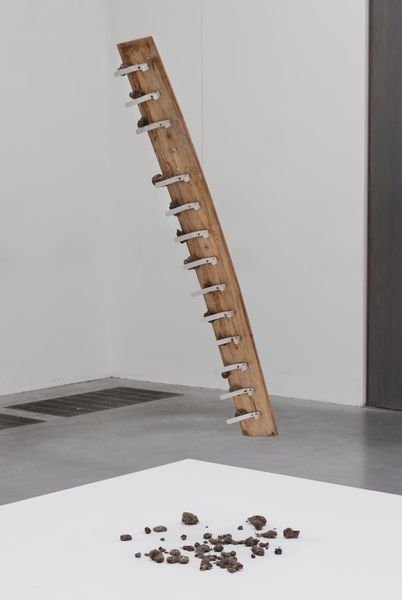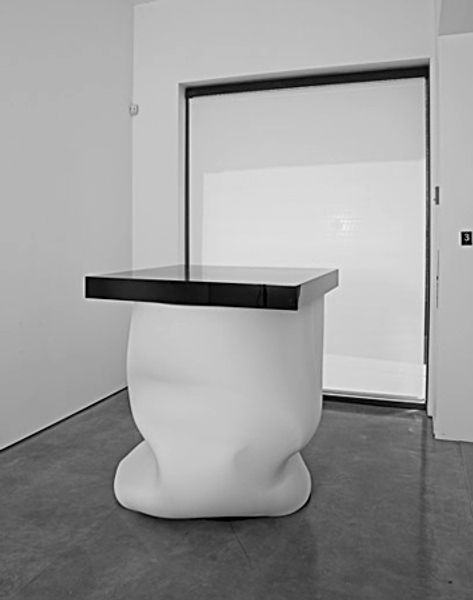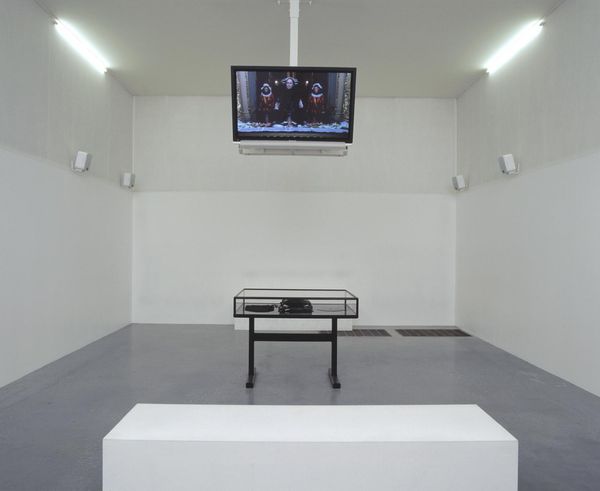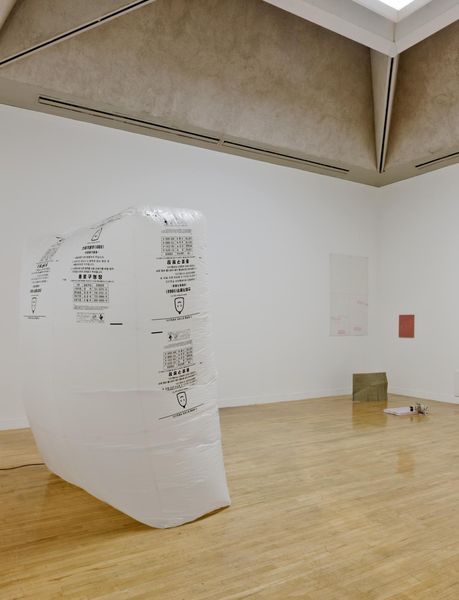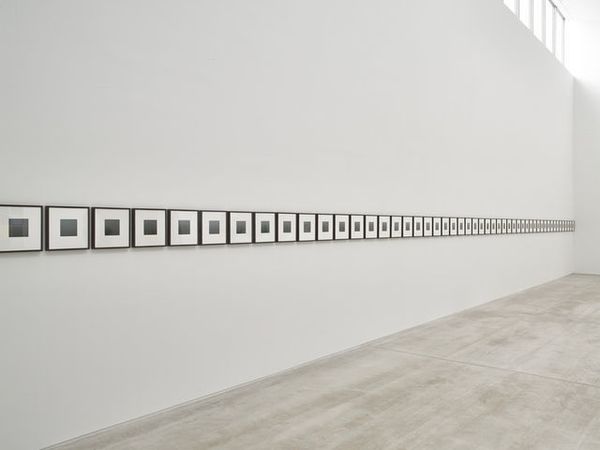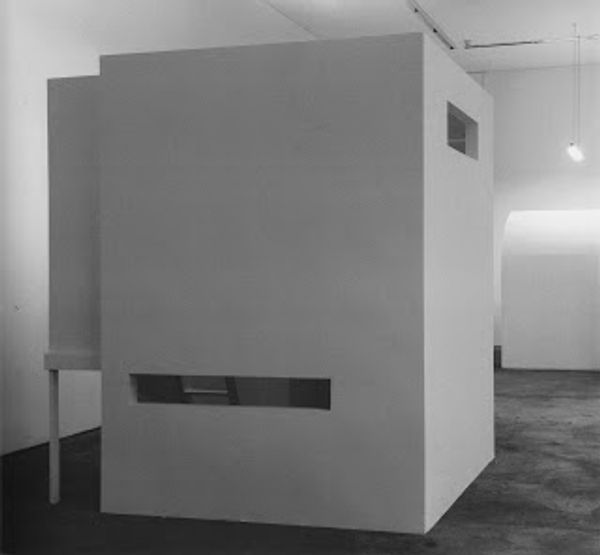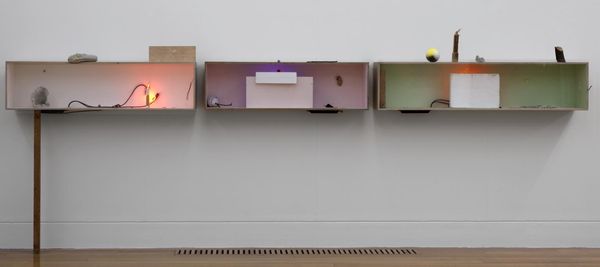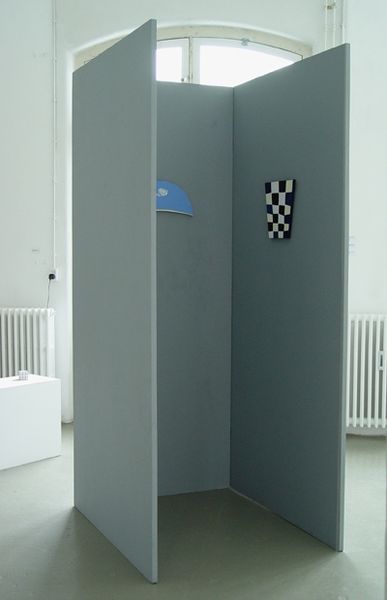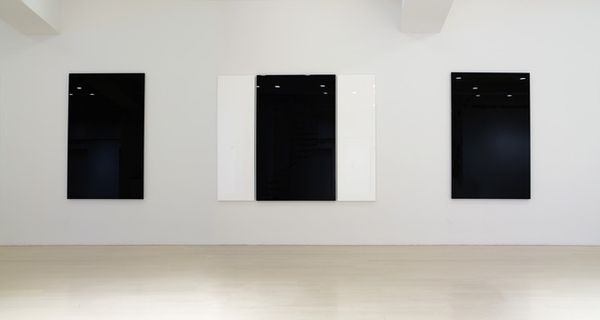
Dimensions: duration: 1min, 29sec
Copyright: © David Shrigley | CC-BY-NC-ND 4.0 DEED, Photo: Tate
Editor: So, this is David Shrigley’s *Light Switch*, a video piece from the Tate collection. It's kind of a funny, absurdist take on… well, a light switch. What am I missing here? How do you interpret this work? Curator: Shrigley’s work often uses humor to critique the mundane aspects of contemporary life, doesn't it? Consider the light switch: an emblem of control, of power, literally illuminating or obscuring, depending on our societal needs. Where does this simple action intersect with larger systems of control and access? Editor: I hadn't really thought about the "power" aspect so literally. Curator: Think about energy consumption, climate change, even access to resources. Shrigley’s crude animation style also subverts the slickness often associated with technology, reminding us of the human element, and perhaps our fallibility. It’s like he’s asking, who gets to flip the switch, and what are the consequences? Editor: That gives me a lot to think about. It’s more than just a funny animation. Curator: Exactly! Art can spark dialogue around complex issues, even through the seemingly simple.
Comments
Join the conversation
Join millions of artists and users on Artera today and experience the ultimate creative platform.
tate 6 months ago
⋮
Light Switch is a short digital animation exhibited in a continuous loop. It is projected directly onto the gallery wall by a projector mounted on a tall white plinth. Covered by a Perspex box and standing approximately a metre from the wall, the projector imposes a significant sculptural presence that the viewer cannot avoid being aware of while watching the animation. This is projected at approximate shoulder level. It is based on a drawing of a light switch set just above and to the right of centre in a white rectangular space (the screen). During the course of nearly a minute and a half, a left hand with its index finger outstretched moves from the lower left corner of the screen to the switch and back again repeatedly. Each time it presses on the switch, the screen goes black, becoming white again as the finger comes off the switch. It does this at irregular intervals, sometimes slowly and meditatively, at other times more frenetically, causing rapid flashing and a flurry of clicks. Occasionally the hand retreats to the bottom left corner and flexes its long finger a few times before returning to hover back and forth in the space around the square mount that surrounds the switch. At one point it retreats, disappearing entirely from the screen.

